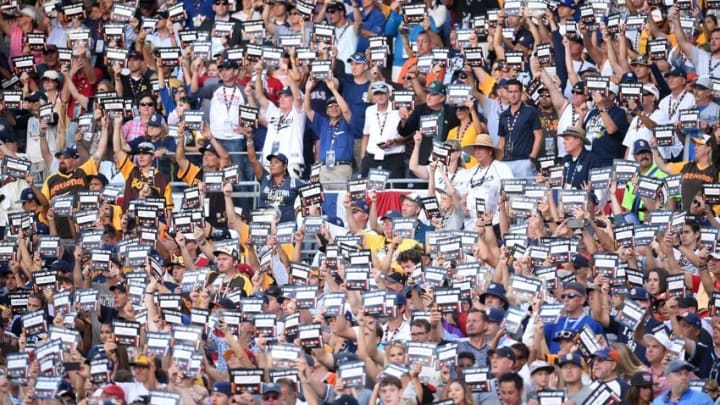Just because a team didn’t get exactly what they wanted doesn’t mean they still can’t pry a player away from someone. The rules are a bit different though.
Next: Derek Jeter and MLB's 20 Richest Players
Baseball’s 2016 trade deadline has come and gone with many big names changing teams, however, that doesn’t mean the wheeling and dealing is over. GMs are always working the phones trying for ways to improve their club and this deadline only means there is another one approaching.
Anything done before August 1 is considered a non-waiver deal, meaning any team can trade with another with no restrictions. However, between now and the end of the season, all players must pass through waivers before they can be moved. That comes with one caveat though. In order for someone to be eligible for the postseason, the acquiring team has to get the player or players before September 1.
Many players have been traded between July 31 and September 1 (this year the deadline was moved to August 1 because the original date fell on a Sunday) and you will hear terms like revocable and irrevocable waivers. Here is a quick explanation.
With revocable waivers, if a trade is worked out and a third team puts in a claim on him before it gets to the acquiring team, the original club can pull him back without losing him. Some do it just to block a deal, others might be looking at that specific player to see if they can get him.
Some teams will put nearly their entire roster on revocable waivers just to see if they get through all teams so they don’t have to go through the process again should something materialize before September 1. If after two days no one puts in a claim, he has “passed through” waivers. There is also a stipulation to this. A player put on waivers a second time cannot be pulled back if claimed.
As is the case in any trade, a player can block it if he has a no-trade clause in his contract or is a 10/5 man, meaning he has at least ten years in the majors and at least five full seasons with his current club.
With irrevocable waivers, if a player is claimed they cannot pull him back and must let him go to whoever wants him although the claiming team is responsible for anything left on their contract. It is an easy salary dump if they can find a team that will go this route.
For more MLB coverage, you can visit our hub page.
